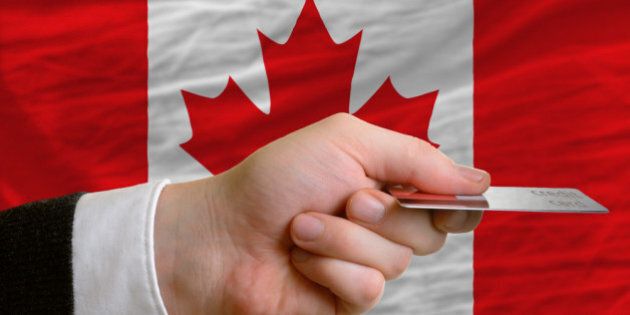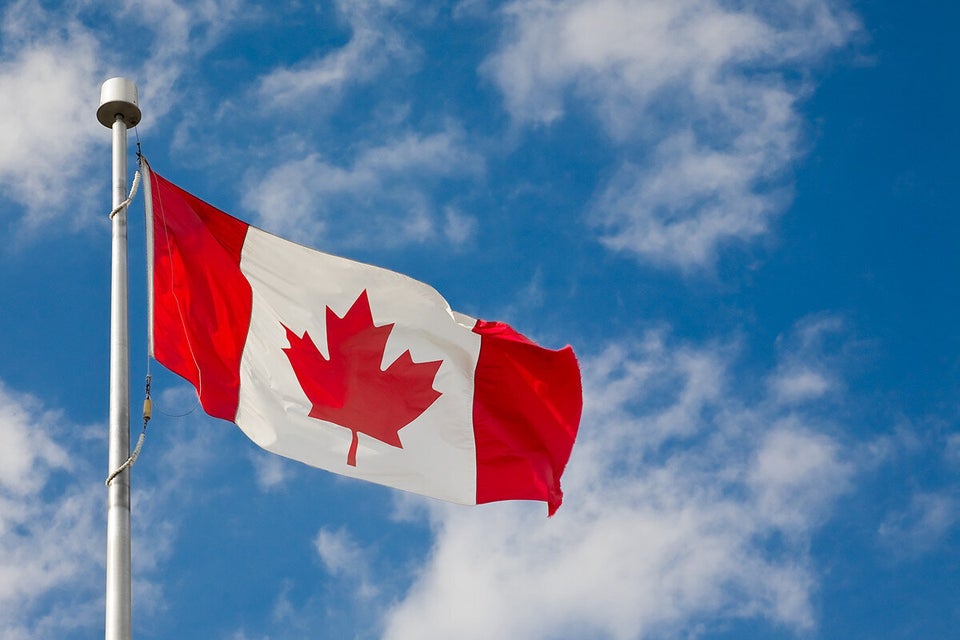
Ever wonder how Canada's net federal debt reached $671 billion by 2013? Or how net provincial debt among the provinces ended up at $509 billion that same year? Wonder no more. It's partially due to massive subsidies to corporations, government businesses and even consumers that over three decades amounted to $684 billion.
Statistics Canada once collected useful information about such taxpayer-funded government subsidies. The subsidies include funding for corporations (think selected automotive and aerospace companies), or Crown corporations like VIA Rail, or a government-owned ferry system to subsidize consumers' ferry rides.
Statistics Canada stopped tallying up the numbers in 2009 but by looking at what is available from 1981 (and adjusting for inflation to 2013 dollars to get apple-to-apple comparisons), some useful statistics pop out.
For example, the biggest subsidies dished out using taxpayer dollars came courtesy of Ottawa, with $343 billion spent on private corporations, government businesses, and consumers in that almost-three decade period.
Next up with a big subsidy bill were the provinces. Collectively, they spent $287 billion between 1981 and 2009. Local governments were third with more than $54 billion spent on subsidies in those three categories over almost three decades.
Regrettably, Statistics Canada does not provide a breakdown for how much of the $684 billion was spent (i.e. how much went to private businesses versus government businesses versus consumers). That is unfortunate, as more details here would allow Canadians to debate which types of subsidies are useful.
For example, it's one thing for a government to subsidize the heating bills of low-income Canadians (a consumer subsidy); it's quite another to subsidize private and government businesses.
Here is where other sources were more helpful in teasing out how governments subsidize and where. Alberta and Ontario spent a lot on subsidies in the 1981-2009 period ($49.9 billion and $46.7 billion respectively). With the help of provincial budget documents, it turns out that a "chunk" of those figures exist because of some provincial subsidies to lower the heating bills of consumers.
In other cases, such as in Alberta, subsidies to businesses were substantial back in the 1980s, this evident from a review of provincial budget documents from the period. However, by the late 1990s, annual spending on subsidies (including business subsidies) in Alberta declined by more than 90 per cent when compared with the highest-spending years in the early 1980s (from a high of $4.1 billion in 1983 to a low of $291 million in 1996).
A similar decline in the 1990s took place in Ontario and appears driven by a political promise. In the 1994 "Common Sense Revolution" party platform from the then-Opposition Progressive Conservatives, the party committed to reduce businesses and other subsidies. Once in power, the Mike Harris government reduced overall spending on subsidies to $475 million by 1999 from a decade high of $1.8 billion in 1991 under the previous government.
Then there is Quebec. There, according to my conversation with Statistics Canada officials, the subsidies were driven mainly by transfers to corporations and government-owned businesses (and not much to consumers). They were costly transfers, at $115.5 billion between 1981 and 2009.
Again, using other sources to gain a glimpse of where some money went, and back to the federal books using Industry Canada data, it turns out $3.3 billion went to one company, Pratt & Whitney. And using VIA Rail annual reports (as an example of a government business), subsidies to that Crown Corporation from the federal government amounted to $4.5 billion.
But back to the "big data" from Statistics Canada. The subsidies were equivalent to $3,268 per taxpayer--every person who paid income tax in 1984. The lowest-cost year was 1998 when the equivalent cost per taxpayer was $797.
In the last available statistical year, the 2008/09 fiscal year (before the massive bailout for General Motors and Chrysler kicked in), the equivalent cost per taxpayer was $1,507.
While few would object to some government subsidies -- say to low-income consumers to heat their homes, others, such as subsidies to corporations, are something less than prudent. In the future, one hopes Statistics Canada returns to crunching some of these numbers again, and in more detail. That would help the public, politicians, and media better debate and prioritize government spending.
ALSO ON HUFFPOST:
